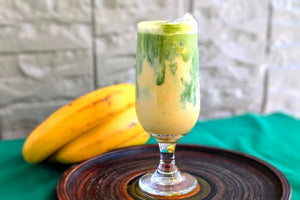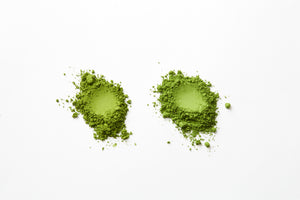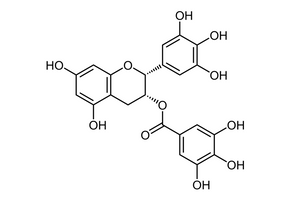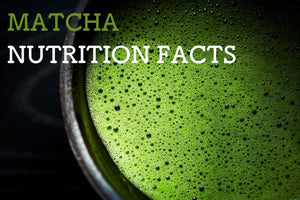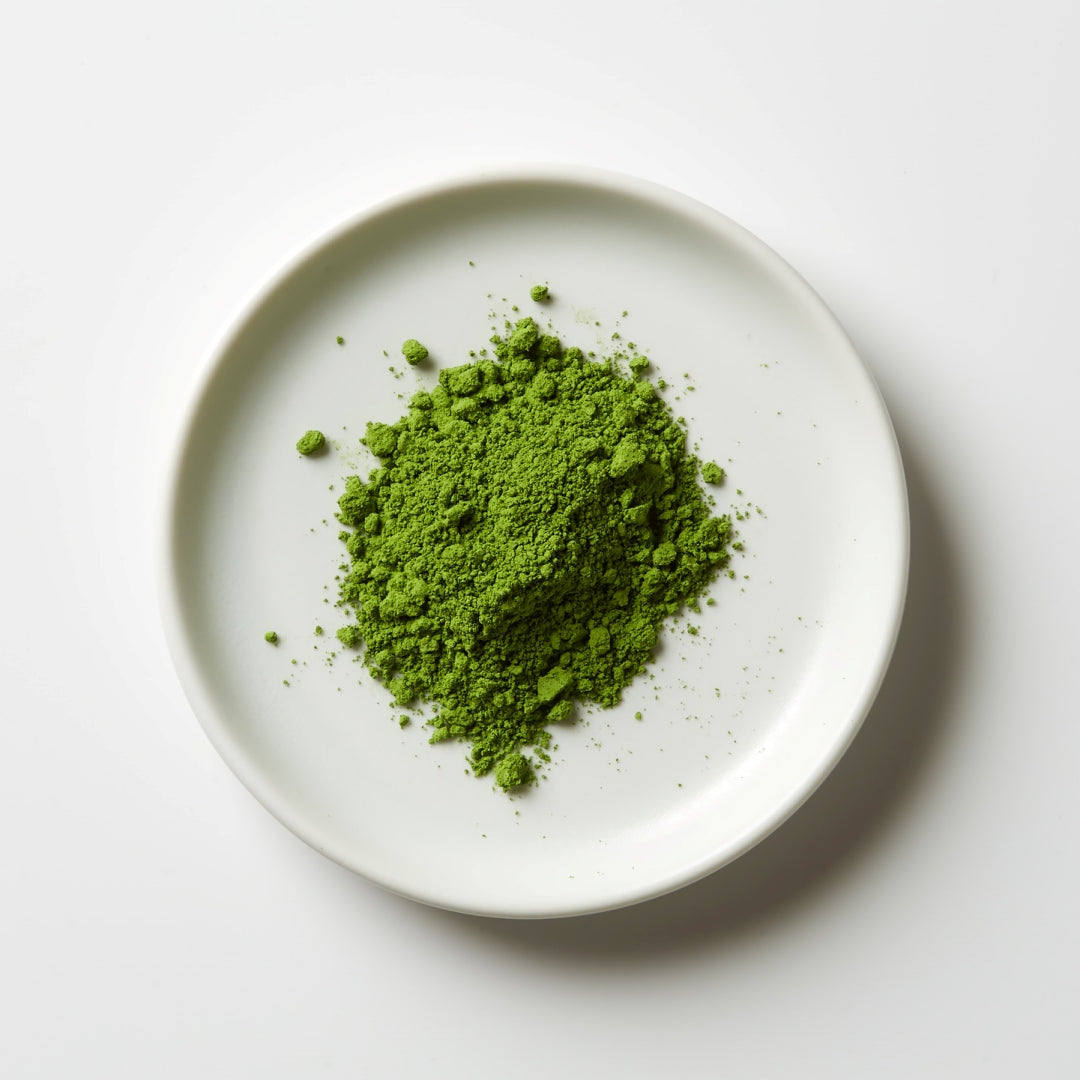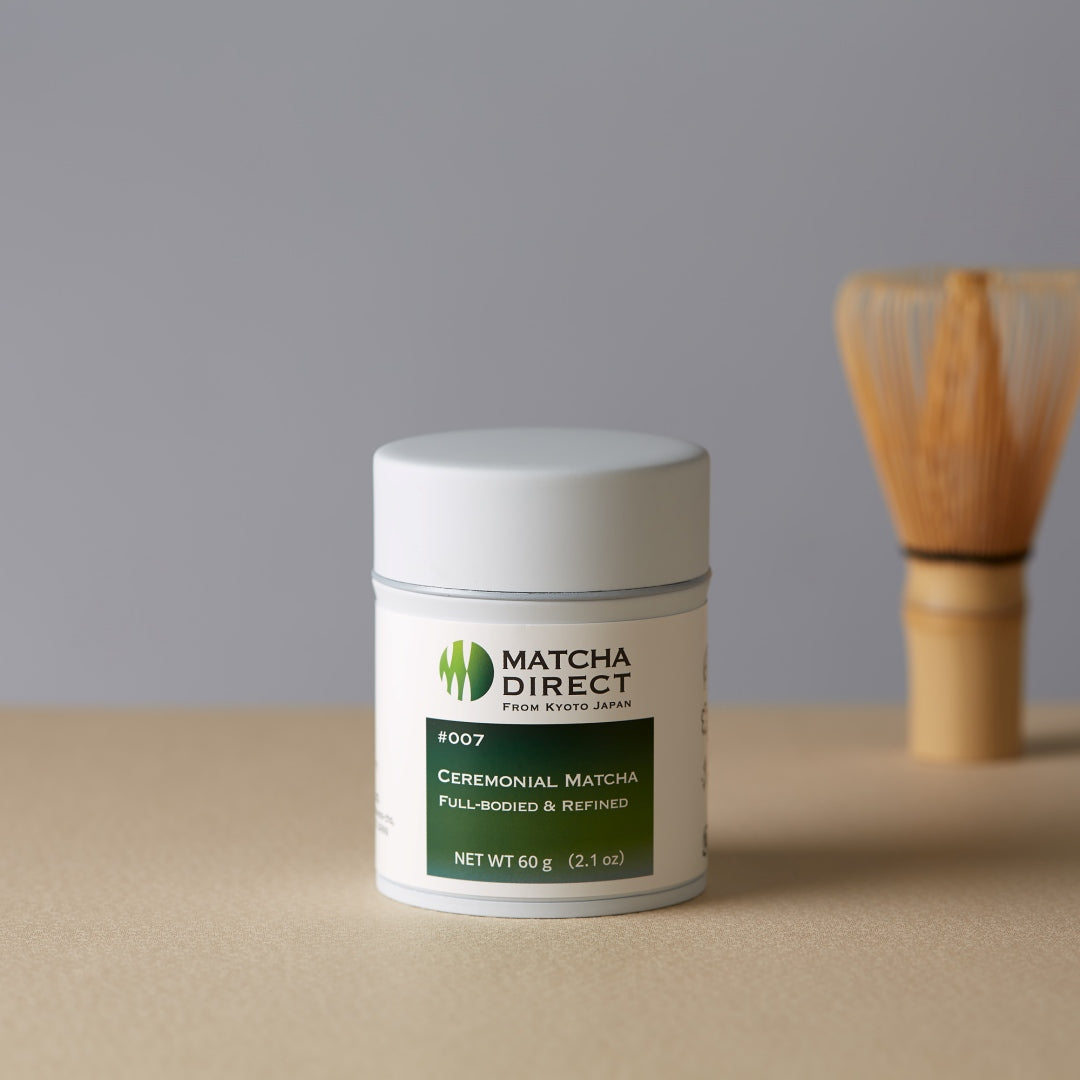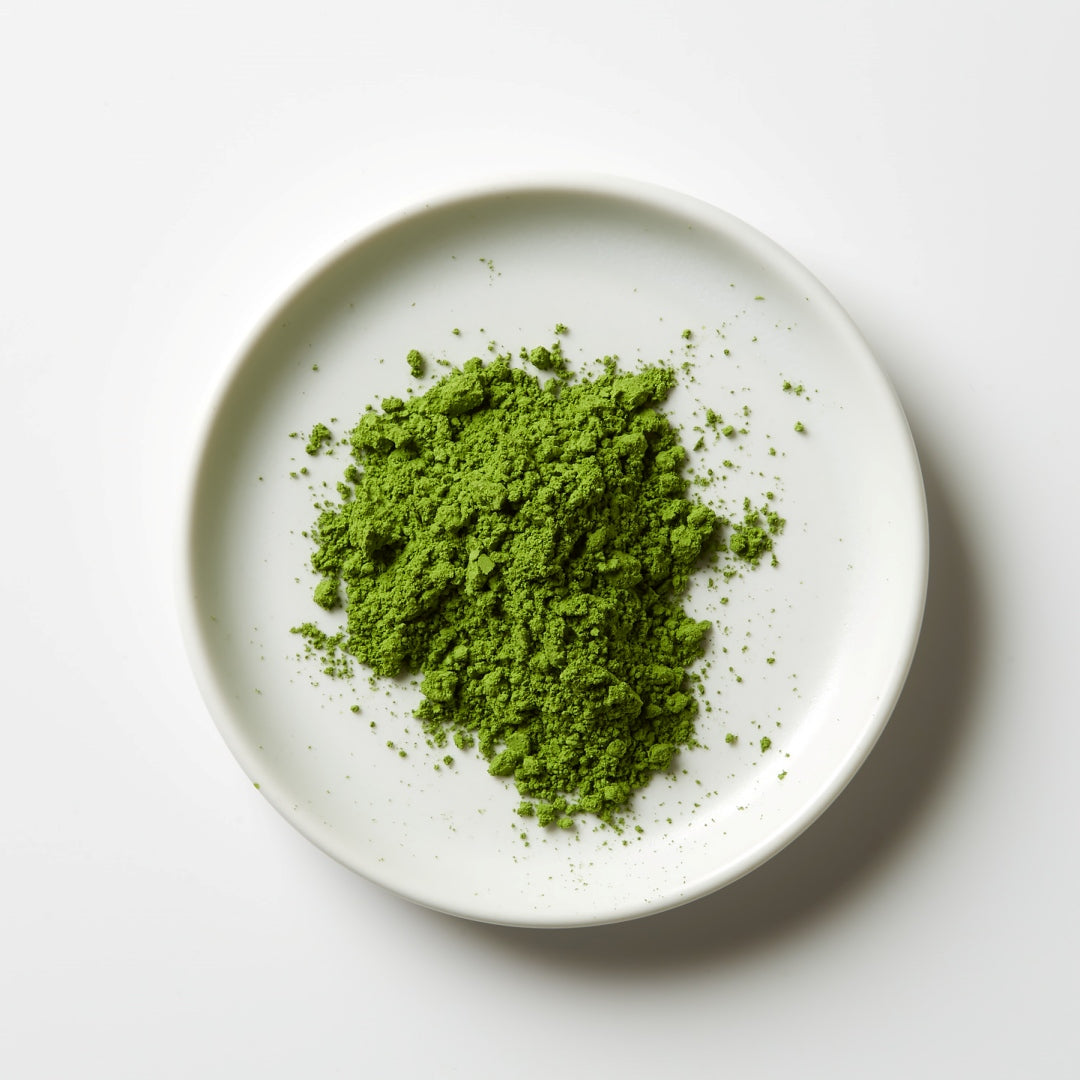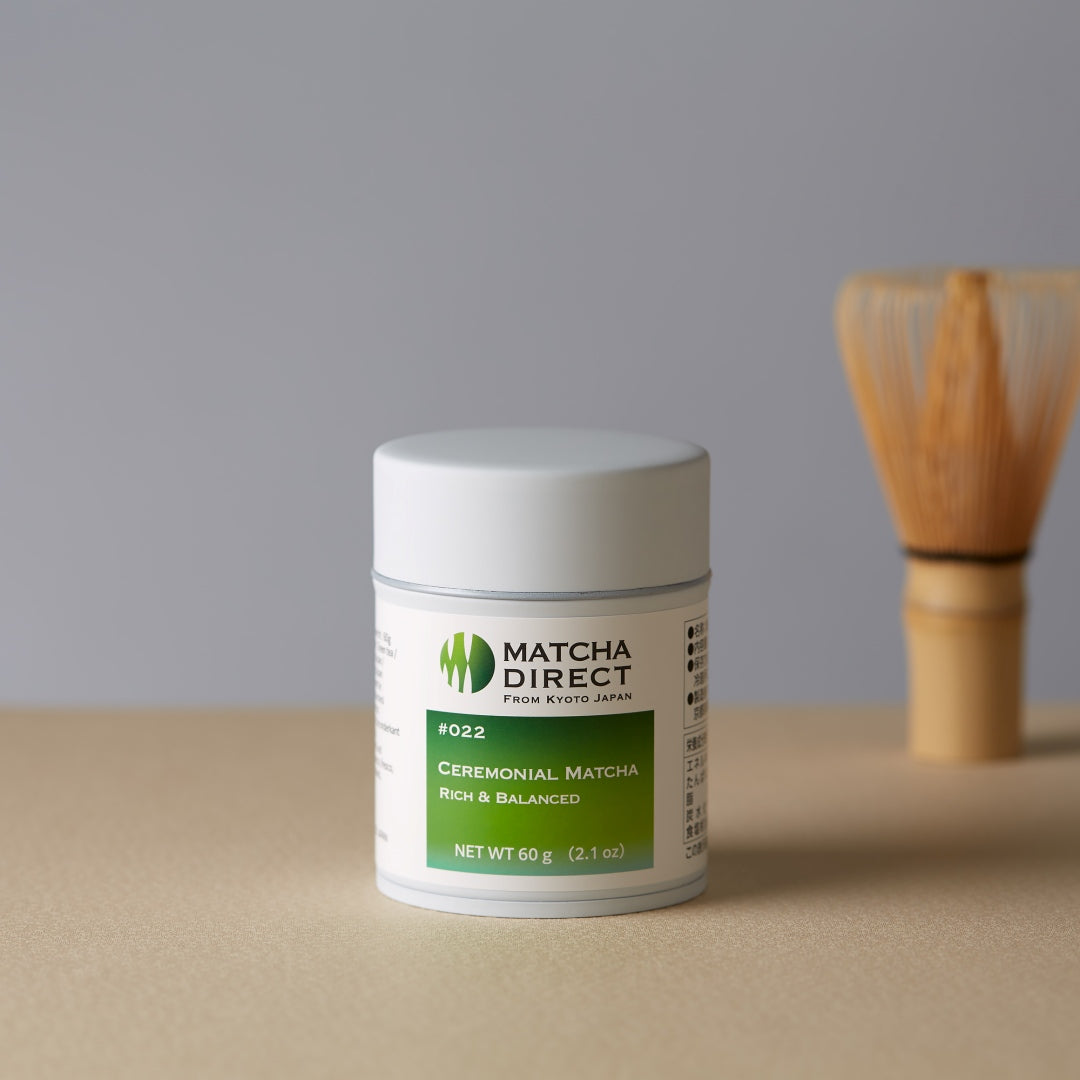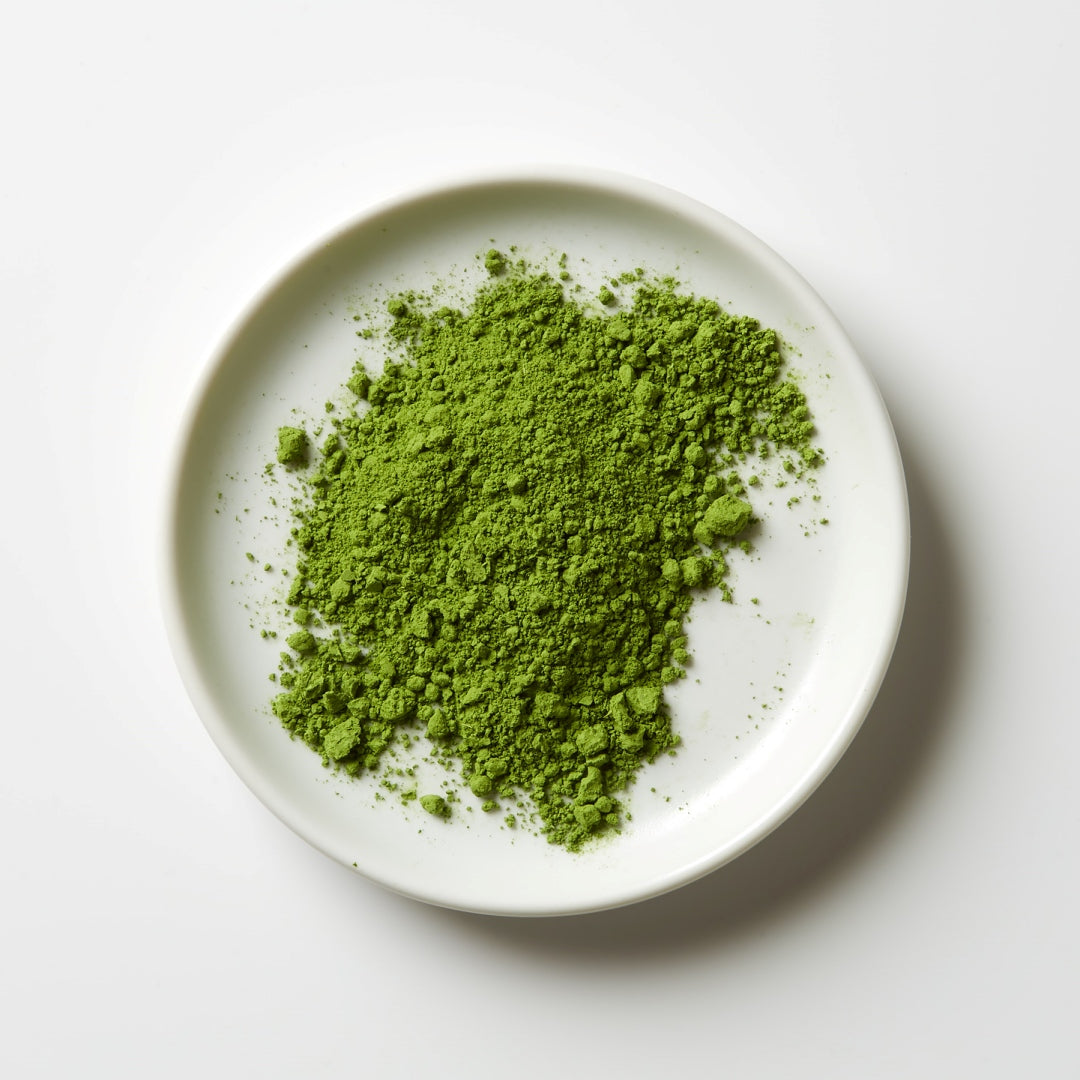What is Blue Matcha? Differences from Green Matcha and Health Benefits

When you hear "blue matcha," you might think it's a type of tea that has a natural blue color. However, the term "blue matcha" is merely a marketing phrase, and the plant responsible for the color is not even related to tea.
The Truth Behind Blue Matcha?

The plant in question is scientifically known as Clitoria ternatea, a legume commonly called butterfly pea. The blue color comes from the pigments found in the flowers of this plant, which are processed into a matcha-like powder.
The butterfly pea, named for its blue flowers that resemble a butterfly's shape, has been used for centuries in Thailand to create natural food colorings. The juice from the flower is used to color desserts, and the dried flowers are used to make a drink. In recent times, butterfly pea flower extract has become a popular natural food coloring.
The vivid blue color, derived from anthocyanins, changes color based on pH levels, which arouse people's interest and made it a popular topic on Instagram and other social media platforms. For example, adding lemon to the liquid turns it acidic and instantly changes the color to purple. This whimsical effect has gained attention in recent years, and the color is now used in various beverages and desserts. Of course, since it is not genuine matcha, it is not used in traditional tea ceremonies.
Comparing Blue Matcha and Green Matcha
An interesting comparison between blue and green matcha is that both contain high levels of antioxidants such as polyphenols, but blue matcha does not contain caffeine*. This makes it similar to rooibos tea, which is also rich in polyphenols and caffeine-free.
*Recently, there are also decaffeinated matcha products available.
https://matchadirect.kyoto/products/051-decaf-matcha-60g
https://matchadirect.kyoto/products/052-decaf-matcha-60g
This might be good news for those who are sensitive to caffeine. However, unlike rooibos tea, the popularity of blue matcha is due to its unique characteristics rather than its taste, so it remains to be seen how widely it will be adopted in the food industry. It probably won't reach the same status as regular matcha.
Green matcha is made by grinding tea leaves and does not technically dissolve in water. In contrast, butterfly pea extract is a dried substance that dissolves in water, returning to its original form.
| Blue Matcha | (Green) Matcha | |
|---|---|---|
| Color | Vibrant blue | Vibrant green |
| Source | Butterfly pea flower | Tea leaves |
| Antioxidants | Anthocyanins | Catechins |
| Caffeine | None | Present |
| Solubility | Dissolves | Does not dissolve |
Other Teas Containing Anthocyanins
In fact, there are tea varieties with colors other than green that are commercially cultivated in Japan. One such variety is Sun Rouge, which produces a vibrant red color when extracted.
Like blue matcha, the color comes from anthocyanins, and Sun Rouge has a higher proportion of these pigments compared to other tea varieties, resulting in the red color. However, it has a strong bitterness and astringency that make it less ideal for drinking, so it hasn't gained widespread popularity.
The Unique Anthocyanin in Blue Matcha
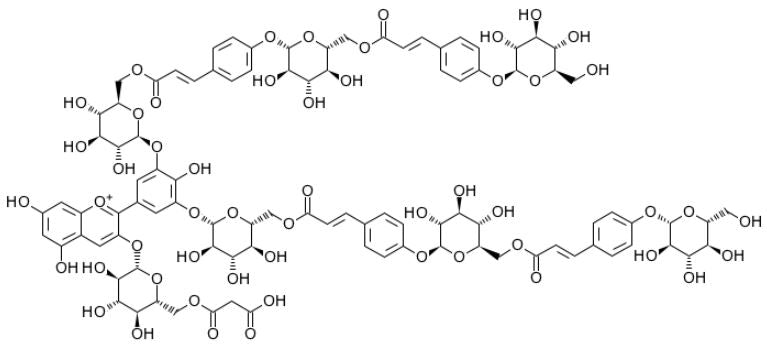
Ternatin A1
https://www.genome.jp/entry/cpd_ja:C16302
Anthocyanins are originally pigments that exhibit red or purple colors, not pure blue. There are many plants containing anthocyanins, such as blueberries, black currants, eggplants, and grapes. However, the colors of these plants are not exactly blue but rather have varying shades of purple or dark blue. The butterfly pea flower is a rare plant that exhibits a blue color among anthocyanin-containing plants.
There are several structures of anthocyanins, and depending on the structure, they can change color tones from red to blueish purple. The structure closest to blue is called delphinidin.
In fact, blue chrysanthemums and blue carnations created through genetic modification have been manipulated to contain 100% delphinidin as anthocyanins. The butterfly pea flower is, of course, a natural plant, not a genetically modified one, and it exhibits a solid blue color because it contains a lot of delphinidin.
Vibrant blue petals are rare in nature, but the butterfly pea flower not only has these unique petals, but also has the unique characteristic of maintaining a very stable blue color even after being extracted with water. This is why it has been used as an excellent natural dye since ancient times.
In Japan, the traditional blue pigment extracted from Asiatic dayflower petals has been used, but it is not as stable when extracted with water like the butterfly pea flower. Although the Asiatic dayflower pigment cannot be used in food, it has been used in traditional Japanese Yuzen dyeing.
The reason for the stability of the butterfly pea flower's natural pigment lies in its structure. The pigment exists in the form of polyacylated anthocyanins, where multiple glucose and p-coumaric acid molecules are bound to delphinidin, collectively called ternatin. This ternatin is unique to the butterfly pea flower and maintains a very stable blue state.
The butterfly pea flower pigment is now approved as a food additive, and its use as a natural colorant is spreading (in Japan since 2019). As there were only gardenia and spirulina pigments that exhibit blue color as natural colorants, it is being welcomed in the world because demand is shifting from synthetic to natural colorants.
As mentioned earlier, the pigments in butterfly pea are highly stable when dissolved in water, making them highly prized as natural colorants. However, there have been reports that they are less resistant to light compared to other anthocyanin-based pigments.
Health Benefits of Blue Matcha

As we have seen so far, the butterfly pea flower has a unique position among plants containing the same anthocyanins in terms of color tone, and this is due to the stable ternatin pigment.
In terms of health benefits, there haven't been many human trials involving butterfly pea flower extracts themselves, but considering ternatin as a type of anthocyanin, it is believed to have general effects such as relieving eye fatigue, promoting beautiful skin, anti-aging, hair growth, and anti-obesity.
Traditionally in Thailand, where butterfly pea flower extracts are used, hair growth shampoos containing butterfly pea flower extracts are also available as herbal shampoos.
A unique function of the butterfly pea flower is that in a rat experiment, when ingested simultaneously with a drug that induces high blood pressure, the butterfly pea flower extract was reported to prevent high blood pressure.
Additionally, in an experiment using obese rats fed a high-fat diet, the butterfly pea flower extract was shown to have lipid-lowering and anti-inflammatory effects.
The Bottom Line
”Blue matcha”, derived from the butterfly pea flower, has gained popularity for its stunning blue hue and unique color-changing properties. While blue matcha isn't a true matcha, it offers a visually appealing alternative for those looking for a unique twist on their tea experience.
However, it's essential to be aware of the differences between blue matcha and traditional green matcha to make informed decisions when including these colorful teas into your diet or beverage options.

